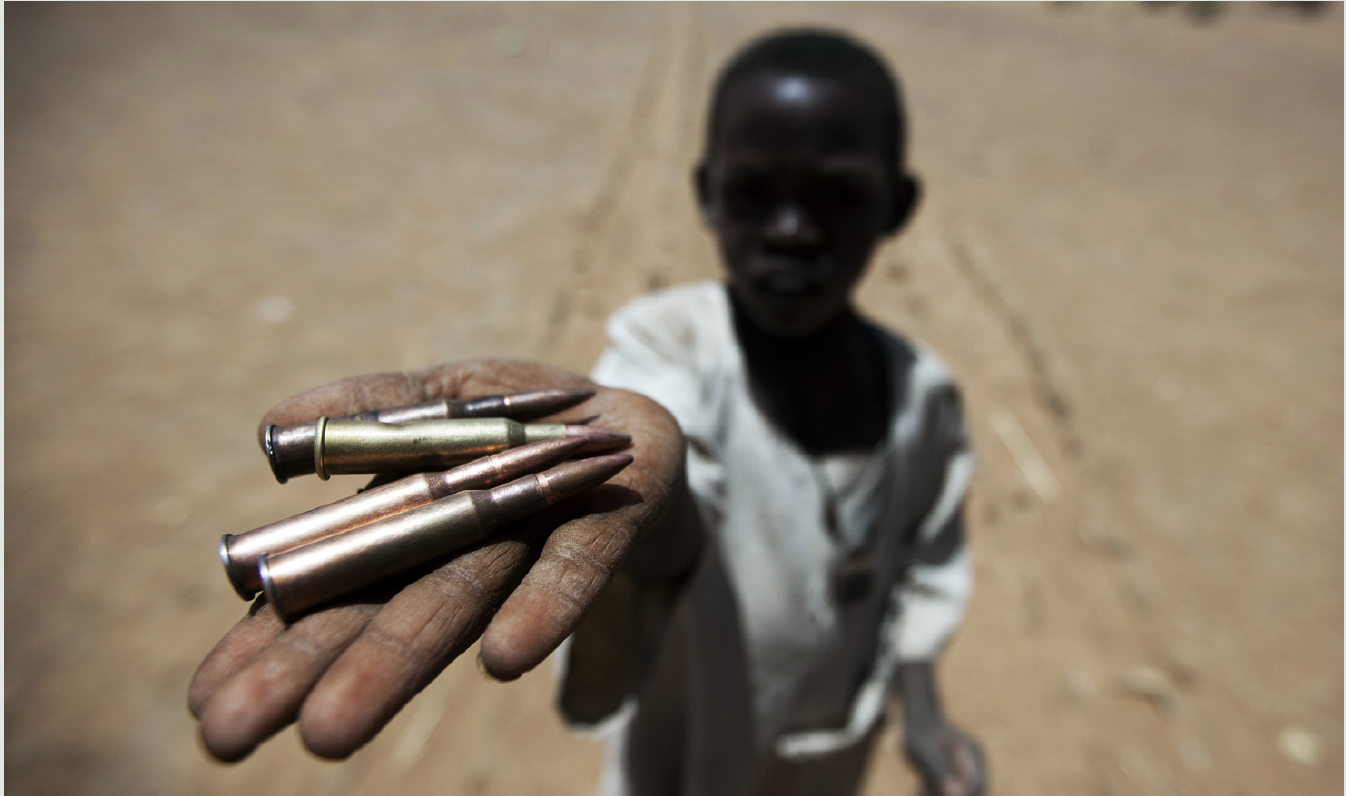Resilience and Food Security Amidst Conflict and Violence
Resilience investments are increasingly focused on conflict-affected countries. USAID has developed this brief to frame their work in this space.
Image

Today, addressing food insecurity increasingly means addressing both conflict and violence. Hunger is on the rise for the first time in decades, with conflict as a key driver. Resilience and food security investments are increasingly focused on conflict-affected countries, from protracted crises in places such as the Democratic Republic of the Congo and Nigeria, to the outbreak of new conflicts in places such as Ethiopia and Mozambique, to gang violence in Guatemala or Honduras. USAID has developed a brief to frame their work in this important space.
Key takeaways include:
1. Fragile and conflict-affected contexts are areas—sometimes enveloping a whole country, sometimes highly regionalized or localized—of often violently contested governance where state capacity to provide order and public services is low and the social contract between citizens and government is either absent or broken.
2. Food insecurity and conflict are part of a vicious cycle, with conflict begetting food insecurity and food insecurity begetting conflict and fragility. Food insecurity can drive conflict by facilitating extremist or rebel recruitment with the promise of steady meals and employment or negative consequences for livelihoods among food producers and resultant conflicts over resources like land and water. Food insecurity and high food prices can catalyze urban protest and rioting, and inadequate policy responses to food crises erode government legitimacy.
3. Conflict can drive food insecurity through active food denial by parties to the conflict, mass displacement that leads to missed planting seasons or unharvested food, and disruption in access to markets through inaccessible roads and infrastructure. Given the nature of rising food insecurity today, it is important to lean into these contexts whenever development and humanitarian workers can, but doing so requires new approaches such as practicing conflict sensitivity. This means carefully understanding the context and the two-way relationship between activities and the context. Adapting reduces harm but also helps maximize opportunities for peace. There are time periods or regions of relative stability in the midst of conflict and fragility where development and humanitarian practitioners can find creative ways to leverage what is working well.
4. Development and humanitarian practitioners should work with and through local systems and partners. This might mean both formal and informal markets, as well as more kinds of informal governance and non-traditional local actors, including private sector actors.
5. Development and humanitarian practitioners should promote coherence across humanitarian, development, and peace assistance. This is crucial for working in fragile and conflict-affected places.
6. Development and humanitarian practitioners should think about success and related measurement approaches in new ways. Does the context shift development goals and theories of change? Does context shifts change which approaches make the most sense? Those goals might be more modest or focused on preventing backsliding for instance.
This brief was authored by Jessica Anderson (USAID Bureau for Resilience and Food Security) and Cullen Hendrix (University of Denver and Peterson Institute for International Economics).




